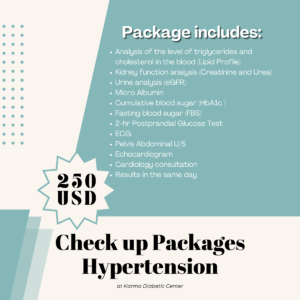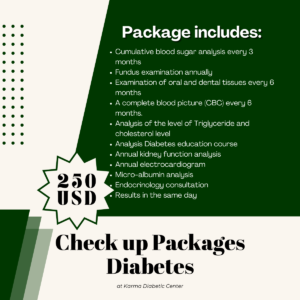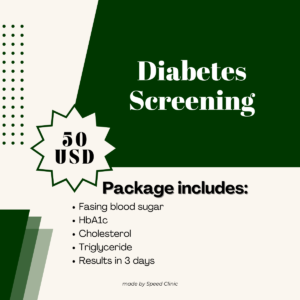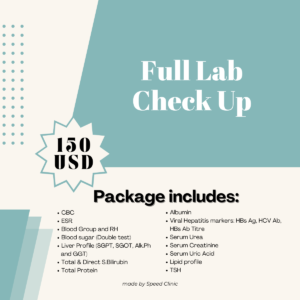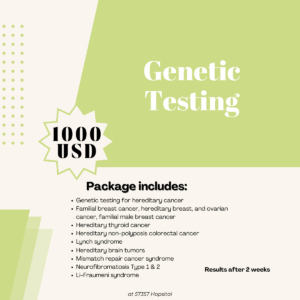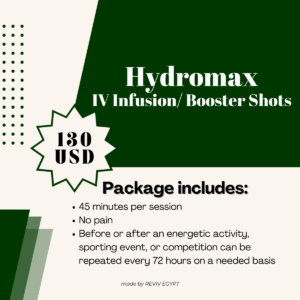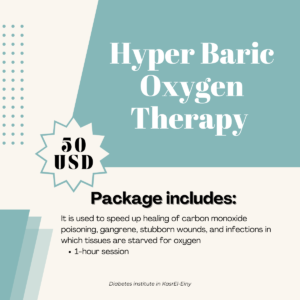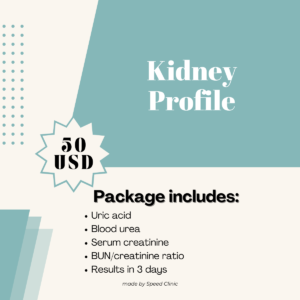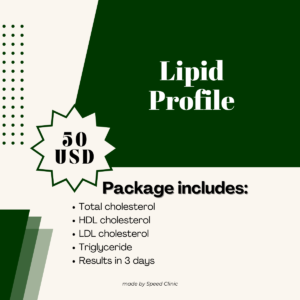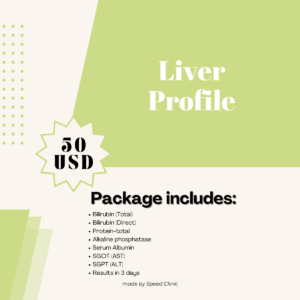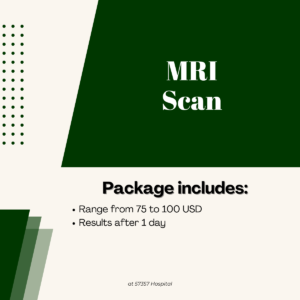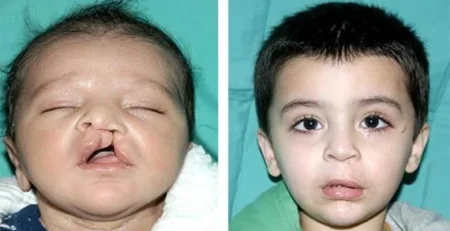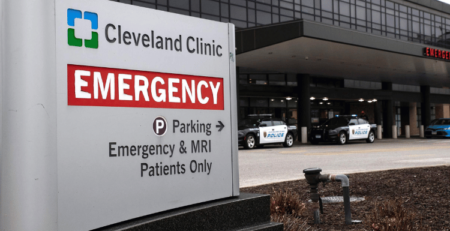Neuroendocrine Tumor : A Leading Destination
Neuroendocrine Tumor Treatment – Germany: A Leading Destination
The German healthcare system places a high priority on patient well-being, ensuring that patients are treated with compassion throughout their treatment course.
Germany has established a reputation as a top location for the treatment of Neuroendocrine Tumours (NETs) as a result of its sophisticated medical infrastructure, cutting-edge technology, and highly qualified healthcare experts. The nation is home to a large number of prestigious hospitals and specialty clinics that provide complete care for patients with NETs.
Germany has a wide range of neuroendocrine tumor therapy options, including interventional radiology, systemic treatments, nuclear medicine, and surgical techniques.
A multidisciplinary strategy is commonly used to treat NETs, including surgery, chemotherapy, radiation therapy, targeted therapy, and supportive care.
Depending on the location and complexity of the tumour, surgery for NETs in Germany might cost between USD 5400 and 27100. Chemotherapy can cost between USD 5400 and 21700 every cycle, whereas radiation therapy can cost between USD 2170 and 10900. A month of targeted therapy may cost between $5400 and $16300.
What are Neuroendocrine Tumor?
Neuroendocrine tumours, or NETs, develop from neuroendocrine cells. When the nervous system sends a signal, these cells respond by releasing hormones into the blood. Flushing, diarrhea, and other proteins (such as chromogranin A), which act as biomarkers for NETs, can be caused by neuroendocrine cells. Both benign and malignant NETs are possible.
Between 1976 and 2006, there was a considerable rise in the incidence of gastroenteropancreatic (GEP) neuroendocrine neoplasms in Germany, from 0.31 (per 100.000 individuals per year) for men to 2.27 and from 0.57 to 2.38 for women.
Neuroendocrine tumor can develop in a variety of organs, including the breast, prostate, thymus, and skin, with the gastrointestinal tract, the lung, and the pancreas having the highest rates of occurrence (48%, 25%, and 9%, respectively).
some examples of Neuroendocrine Tumor:
-
Neuroendocrine carcinoma of the skin (Merkel cell cancer)
This aggressive NET develops in Merkel cells, which are found in the skin close to touch receptor nerve endings. Merkel cell carcinoma is also known as neuroendocrine skin cancer. Skin exposed to the sun is where it happens most frequently.
-
Pancreatic NETs
The pancreas’ neuroendocrine cells have an impact on the hormone production, including the production of insulin, which regulates blood sugar. Islet cell tumours are another name for pancreatic NETs.
-
Carcinoid tumors
Very uncommon NETs called carcinoid tumours are most common in the gastrointestinal (GI) system. The lungs can also contain carcinoid tumours.
-
Pheochromocytomas
Located in the centre of the adrenal glands, pheochromocytomas are an uncommon type of NET.
-
Medullary thyroid cancer
is a rapidly growing rare cancer that occurs in neuroendocrine cells in the thyroid gland.
-
NET, Non-small Cell Lung
This rapidly growing cancer occurs in neuroendocrine cells in the lungs.
-
NET, Small Cell Lung
Although they start in neuroendocrine cells, a few of neuroendocrine tumours are categorised as small-cell lung tumours. As follows:
-
-
Low-grade typical carcinoid
-
Intermediate-grade atypical carcinoid
-
High-grade NETs, including large-cell neuroendocrine carcinoma and small-cell lung cancer
-
Classification of Neuroendocrine Tumor
Neuroendocrine tumors may be classified in different ways, including:
-
Their location
-
Observation of cells under a microscope
-
Growth and division of cells
In addition, NETs are described as functional or non-functional.
Functional NETs –
- Create and release hormones and other symptom-causing chemicals. Serotonin, a chemical that can result in diarrhoea and facial flushing, is released in Carcinoid syndrome, an indication of a functional NET.
Non-functional NETs –
- Do not release or do not release in sufficient quantities to produce symptoms.
- Approximately 60% of NETs are not functional.
- Usually discovered at a later stage because there are no symptoms.
Grades of Neuroendocrine Tumor
WHO divides NETs into three grades:
-
Grade 1 (low-grade tumor) cells divide at a low rate and therefore grow slowly
-
Grade 2 (intermediate-grade tumor) cells divide at an intermediate rate
-
Grade 3 (high-grade tumor) cells divide at a fast rate and therefore grow quickly
Symptoms of Neuroendocrine Tumor
Initially, NETs might not manifest any observable symptoms. The tumor’s location and whether it overproduces hormones affect the symptoms.
The following are examples of NET symptoms and signs:
-
A growing lump under the skin
-
Losing weight without trying
-
Pain from a growing tumor
-
Feeling unusually exhausted
NETs that produce excess hormones (functional tumors) might cause:
-
Flushing of the skin
-
Diarrhea
-
Frequent urination
-
Increased thirst
-
Dizziness
-
Trembling
-
Skin rash
Risk Factors of Neuroendocrine Tumor
People who inherit genetic disorders have a higher incidence of NET, making them more prone to malignancy.
Examples consist of the following:
-
Multiple endocrine neoplasias, type 1 (MEN 1)
-
Multiple endocrine neoplasias, type 2 (MEN 2)
-
Von Hippel-Lindau disease
-
Tuberous sclerosis
-
Neurofibromatosis
How are Neuroendocrine Tumor Treated?
Based on tumour parameters like site, stage, grade, differentiation, symptoms, and patient characteristics like age and comorbidities, customised treatment plans are created.
Localized (begnin) disease – neuroendocrine tumor
-
Surgery: An appropriate surgery with a focus on margin-negative resection and sufficient lymphadenectomy is the best curative treatment option. The surgeon must check for synchronous lesions during the resection.
-
Adjuvant therapy (chemotherapy after surgery): Adjuvant platinum-based chemotherapy is advised by consensus recommendations for patients with totally resected, poorly differentiated tumors.
Metastatic disease – neuroendocrine tumor
- Chemotherapy: The typical outcome of chemotherapy is a dramatic and swift response, but a subsequent relapse is anticipated.
- Peptide receptor radionuclide therapy: Entails labelling a somatostatin analogue that concentrates in neuroendocrine tissue with a medicinal radioactive substance. The radiolabel, which is typically 177 Lutetium (177Lu), can then provide the NET localised cytotoxic radiation.
- Somatostatin analogues: Lanreotide and octreotide are two long-acting somatostatin analogues that are frequently used in the treatment of NETs.
- Surgery: is important in cases of metastatic disease as well. Resection is frequently done if the main tumour is in the small bowel to avoid further blockages, especially for low-grade tumours with a good prognosis.
- Molecularly targeted biologic therapy:
- Cell proliferation, angiogenesis, and metabolism are inhibited by the oral mammalian rapamycin inhibitor target, everolimus.
- A multitargeted tyrosine kinase inhibitor called sunitinib works by preventing angiogenesis.
Why Choose Germany for Neuroendocrine Tumor Treatment?
Germany’s healthcare system is highly advanced and renowned for being a top destination for medical tourism. Various factors make Germany a preferred choice for individuals seeking treatment for NETs:
-
Expertise and Specialization: Germany is home to top-tier physicians, including surgeons and oncologists, who have a wealth of experience and expertise in treating NETs. In order to ensure that patients receive the greatest level of care, German hospitals and clinics frequently specialise in the diagnosis and treatment of uncommon and complex illnesses like NETs.
- Comprehensive Healthcare Infrastructure: Germany has a developed healthcare infrastructure that includes cutting-edge facilities, sophisticated hospitals, and cancer treatment centres. These facilities offer comprehensive therapy, which includes multidisciplinary teams working together to create treatment schedules specifically for NET patients.
-
Cutting-edge Technology and Research: In terms of medical innovation and research, Germany is in the forefront. The nation makes significant investments in cutting-edge medical technology, ensuring access to the most recent diagnostic equipment and treatment methodologies.
-
High Treatment Success Rates: Numerous cancer types are successfully treated by Germany’s healthcare system. A patient-centered approach, cutting-edge technology, and qualified medical staff all work together to improve the outcomes for NET patients.
Although the cost of therapy in Germany can be quite high, the excellent standard of care, the level of competence, and the availability of cutting-edge therapies make it a desirable option for patients seeking the best results for their NET treatment.
Top Doctors in Germany Providing Neuroendocrine Tumor Treatment
-
Prof. Dr. Med. Michael Bartels: Has over 34 years of expertise as a surgical oncologist. His specialties include hepatobiliary surgery, pancreatic surgery, colorectal surgery, and minimally invasive techniques.
-
Dr. Med. Marek Budner: Has over 31 years of expertise as a surgical oncologist. His areas of competence include identifying and treating breast disorders, doing oncoplastic breast operations, performing colposcopic diagnostics in the lower genital canal, and performing surgical treatment of mammary carcinomas.
-
Pd Dr. Med. Ulrich Halm: Has over 26 years of expertise as a gastro-oncologist. Hepatology, gastroenterology, and gastrointestinal oncology are his three main clinical interests.
-
Prof. Dr. Med. Karl-Jurgen Oldhafer: Has been a surgical oncologist for more than 33 years. Treatment of cirrhosis, liver conditions, gallbladder tumours, and biliary illnesses are among his clinical specialties.
-
Dr. Boris Pfaffenbach: Has over 28 years of reputable oncology experience. Disorders of the gastrointestinal system, pancreas, and gallbladder are among his clinical specialties. Additionally, he also performs Esophagectomy and offers chemotherapy, leukemia chemotherapy, and chemotherapy for breast cancer.
Conclusion
To get precise and current information on the price of NET therapy, it is advisable to speak with a healthcare professional or medical facility. To make sure they are completely aware and ready for the financial burden of NET treatment in Germany, patients must discuss their treatment options and associated expenses with their healthcare and insurance providers. Patients may also want to look into opportunities for financial help or aid from advocacy groups or other organisations.
It is important to note that you can stop by our fully accredited dental centers to check and do panorama for free and begin therapy if necessary.
More than three hundered of website visitors, send us asking for details , on a monthly basis.
The Circle Care’s Mega check up programs, are the highest demand , due to the very low cost in comparison to all Neighbor countries and long queues in other Europe , Canada, United states and the Middle East .
“We are proud to lead a campaign of “fixed cost, high quality” campaign, our case managers are dedicating a massive collective efforts to protect the patients/travellers, reflecting, The Circle Care’s value, and main purpose,” said Ahmed Saad, The Circle Care’s Communication Director.
If you’re looking for more information about our services or if you think it might be right for you, contact us today!
You can contact with us to provide you with the highest quality doctors, take a look at our Testimonials
We follow- up with you even after you return back to your home country, We even have remote follow-up services
I’m glad to inform you that, we have specialized doctors and they speak many languages (Arabic – English – Italian – German)
-
CHECKME LABS-مختبرات تشيك-مي, ROYAL CHECKUP-فحوصات لجميع الفئات العمرية, WINTER IN EGYPT-الشتاء في مصر
CARDIAC PATIENT CHECKUP
Original price was: $50.$40Current price is: $40.<span id="zoho_button_ext" style="position: absolute;z-index: 99999999;width: 80px;height: 31px;background-size: 80px 31px;cursor: pointer;top: 0px;left: 0px"></span> -
-
CHECKME LABS-مختبرات تشيك-مي, ROYAL CHECKUP-فحوصات لجميع الفئات العمرية, WINTER IN EGYPT-الشتاء في مصر
DIABETIC PATIENT CHECKUP PACKAGE
Original price was: $50.$40Current price is: $40.<span id="zoho_button_ext" style="position: absolute;z-index: 99999999;width: 80px;height: 31px;background-size: 80px 31px;cursor: pointer;top: 0px;left: 0px"></span> -
-
-
ATTRACTIVE PACKAGES-below 200 USD, BEAUTY AND WELLNESS الجمال والعافية, BODY RECOVERY: KNEES & JOINTS-الركبتين والمفاصل, NEURO, BRAIN IMAGING AND SLEEP AID-تصوير الأعصاب وتصوير الدماغ والمساعدة على النوم, ROYAL CHECKUP-فحوصات لجميع الفئات العمرية, WINTER IN EGYPT-الشتاء في مصر
Hyper Baric Oxygen Therapy
$50 -
-
-
-
ATTRACTIVE PACKAGES-below 200 USD, CHECKME LABS-مختبرات تشيك-مي, ROYAL CHECKUP-فحوصات لجميع الفئات العمرية, WINTER IN EGYPT-الشتاء في مصر
MEN ABOVE 40 YEARS CHECKUP
Original price was: $60.$50Current price is: $50.<span id="zoho_button_ext" style="position: absolute;z-index: 99999999;width: 80px;height: 31px;background-size: 80px 31px;cursor: pointer;top: 0px;left: 0px"></span> -




